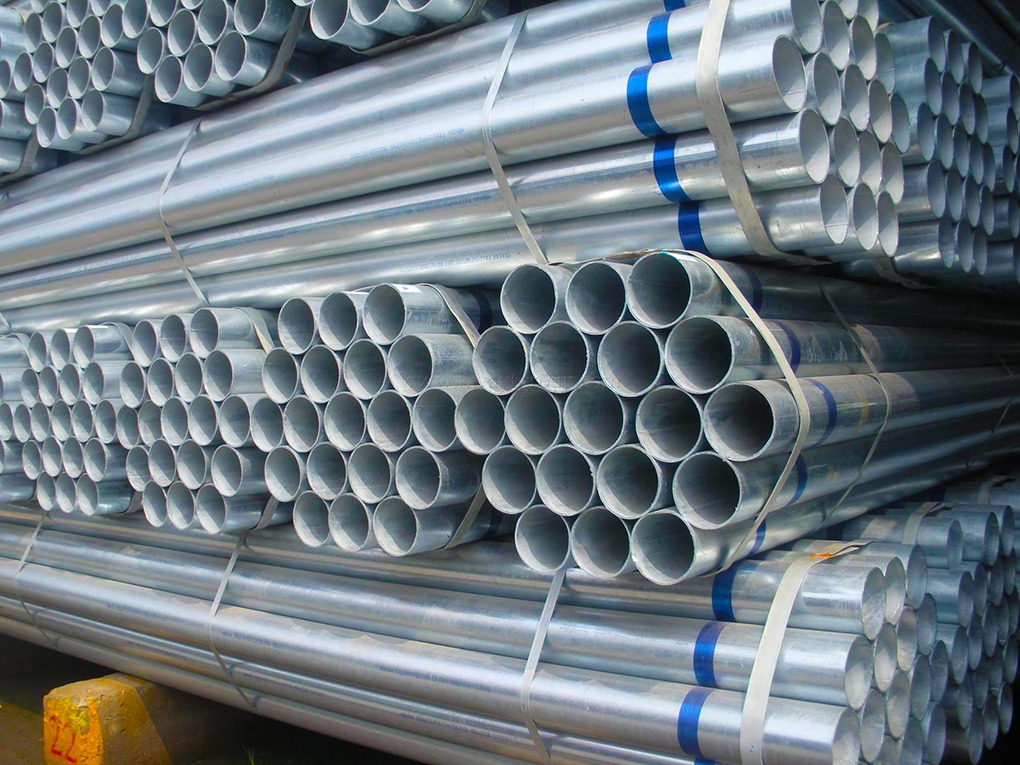While steel is one of the most resilient and versatile materials you can build with today, it is still susceptible to corrosion. This in turn can affect its integrity, durability and aesthetics. Thankfully there are ways you can protect your steel against different types of corrosion through surface treatment.

Hot dipping is a galvanisation method used in order to protect steel from corrosion. Let’s take a look at what it is and the process involved.
There are many reasons why steel surfaces are treated, from making them more attractive through to protecting them against scratching, peeling, extreme weather and, of course, corrosion.
Hot dipping in one of the most common types of steel surface treatment – it offers longer lasting protection against all conditions and is ideal for use in a wide range of applications.
What Is Hot Dipping?
Hot dipping is a galvanisation method can be used on steel of all shapes and sizes and involves immersing the steel in a bath of molten zinc at temperatures up to 450°C. When the zinc-coated steel is removed from the bath, the zinc reacts with the oxygen and carbon dioxide in the atmosphere, the end result being a strong, dull material.
Steel galvanised in this way is highly protected against corrosion as well as extreme weather conditions and this is a particularly popular approach for pipe-related applications.
The Process
• Preparation: For the galvanisation process to be 100% effective, the steel must be completely clean before it is dipped in order for the molten zinc to form a complete metallurgical bond with the section. This involves a process known as ‘pickling’, whereby any surface contaminants are removed.
• Fluxing: The clean steel section is then submerged in what is known as a flux solution, usually 30% zinc ammonium chloride with wetting agents at roughly 65°C celsius. This removes the oxide film which forms on the steel surface after cleaning, which can cause further oxidation before galvanising.
• Galvanising: The steel section is then submerged in a bath of molten zinc to form a zinc-iron alloy layer. The section remains in the bath until it reaches to same temperature as the molten zinc (around 450°C). It is then withdrawn slowly, taking with it the zinc layer, which then solidifies to form a coating.
Here is a good example of the hot dipping process by the American Galvanisers Association that shows the hot dipping process and highlights the different uses for hot dipped galvanised steel.
For more information on the different types of corrosion you will want to protect your steel from, please see below:
• Uniform attack corrosion
• Pitting corrosion
• Intergranular corrosion
• Crevice corrosion
• Galvanic corrosion
If you need quality steel that is fabricated to suit your unique needs, or steel surface treatment to protect your steel, contact Steel Fabrication Services today.
Our team of expert structural steel fabricators have the experience and knowledge to answer any of your questions and will ensure that you find the best solution to suit your needs.
To contact us today, simply call, fax, email or drop by our Brookvale location.